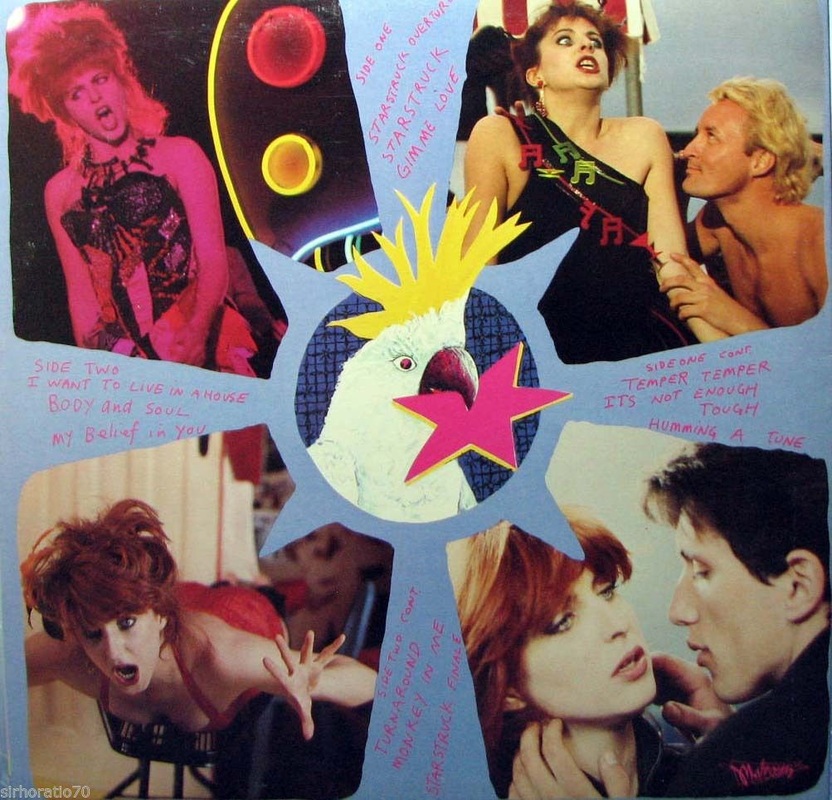

4.3.8 "People Take Pictures of Each Other".4.2.5 "Last of the Steam-Powered Trains".4.2.1 "The Village Green Preservation Society".It has been included in several critics' and listeners' polls for the best albums of all time, including those published by Rolling Stone magazine and in the book All Time Top 1000 Albums. The album has since become the Kinks' best-selling album in the UK, where it was certified silver in 2008 and gold in 2018.

Driven in part by this influence, the album experienced a critical and commercial resurgence in the 1990s, and it has been reissued several times, including an expanded edition in 2018. Despite its initial commercial shortcomings, it has influenced numerous musical acts, especially American indie artists from the late 1980s and 1990s and Britpop groups like Blur and Oasis. Village Green is regarded by commentators as an early concept album. The album's planned September 1968 release was delayed by two months in the UK after Davies's last-minute decision to rearrange and augment the track listing, though release of the earlier twelve-track edition went ahead in several European countries. In addition to the non-album singles " Wonderboy" and " Days", the sessions resulted in numerous tracks, some of which went unreleased for years. Other than " Village Green", which was recorded in November 1966 and then re-recorded in February 1967, sessions for the album began in March 1968 at Pye Studios in London.

It also marked the final collaboration between the Kinks and session keyboardist Nicky Hopkins, whose playing features heavily on piano, harpsichord and Mellotron. It was the first album which Davies produced on his own and was the last to feature the original Kinks line-up, as bassist Pete Quaife departed the band in March 1969. Musically an example of pop or rock music, the album incorporates a range of stylistic influences, including music hall, blues, psychedelia and calypso. Centring around themes of nostalgia, memory and preservation, the album reflects Davies's concerns about the increasing modernisation and encroaching influence of America and Europe on English society. It was embraced by America's new underground rock press, completing the Kinks' transformation from mid-1960s pop hitmakers to critically favoured cult band.īandleader Ray Davies loosely conceptualised the album as a collection of character studies, an idea he based on Dylan Thomas's 1954 radio drama Under Milk Wood. A modest seller on release, it was the band's first studio album which failed to chart in either country, but was lauded by contemporary critics for its songwriting. The album had no accompanying lead single in the UK, though " Starstruck" was issued in the US and Europe. It was released on 22 November 1968 in the United Kingdom by Pye Records and in February 1969 in the United States by Reprise Records. The Kinks Are the Village Green Preservation Society is the sixth studio album by the English rock band the Kinks.


 0 kommentar(er)
0 kommentar(er)
